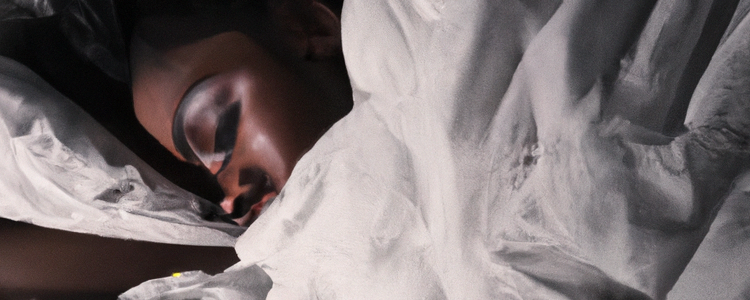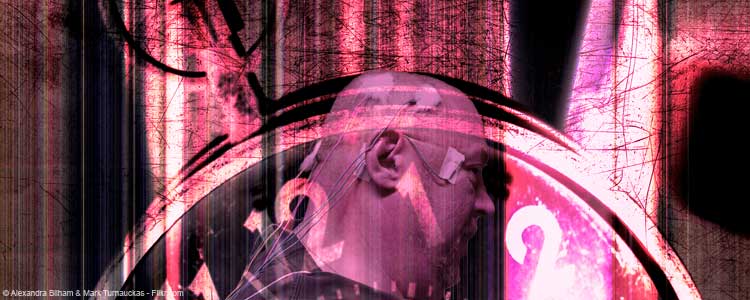Adrian Morrison at the University of Pennsylvania, investigating narcolepsy, a condition producing sleep in the middle of activity, found that a small area of the brain, the pons, suppresses full muscular movement while we dream. If this area is damaged or suppressed humans or animals make full muscular movements in connection with what is dreamt. He observed that cats would stalk, crouch and spring at imaginary prey. These very important findings suggest a number of things. 1 The unconscious process behind dreaming, apart from creating a non volitional fantasy can also reproduce movements we have not consciously decided upon. This shows we have at least two centres of will which can direct body and mental processes. 2 Christopher Evans, linking with the work of Nicholas Humphrey at Cambridge University, sees the movements of the dreaming cats as expressions of survival ‘programs’ in the biological computer. These programs or strategies for survival need to be replayed in order not only to keep in practice, but also to modify them in connection with the influx of extra experience and information. In the human realm, our survival strategies and the way we relate to our social, sexual, marriage and work roles, may also be replayed and modified in our dreaming.
October 3, 2013
Sleep movement
ERecent
Popular
About Us15.5K
Dream Dictionary10.8K
About Us15.5K
Dream Dictionary10.8K




